I didn’t really have any expectations from Birla Industrial Tech Museum (BITM) – if this were like the Indian museum, it might not be too interesting, but I just wanted a place where, if needed, I could simply sit down to pass the time. I started in the science section and was welcomed by the periodic table – they had constructed a colourful pyramid of the elements and had quite a few blurbs explaining the table. Seeing colours in the museum was refreshing – another aspect missing in the Indian museum where the walls were a dull white.
The museum had plenty of interactive exhibits – press a button, and a disc rotates, and as it rotates, it appears as if the stationary coins on the disc disappear, illustrating the concept of motion-induced blindness. I was happy to see that most of the exhibits worked- they maintained this museum reasonably well, and the place was also clean.
There are a few live science shows too – a few of these are free to access as part of the ticket, while some are paid shows – it’s not expensive; about Rs.10 for each show, which would be about 20 minutes in duration. You see the ones like the high voltage show in many science museums.
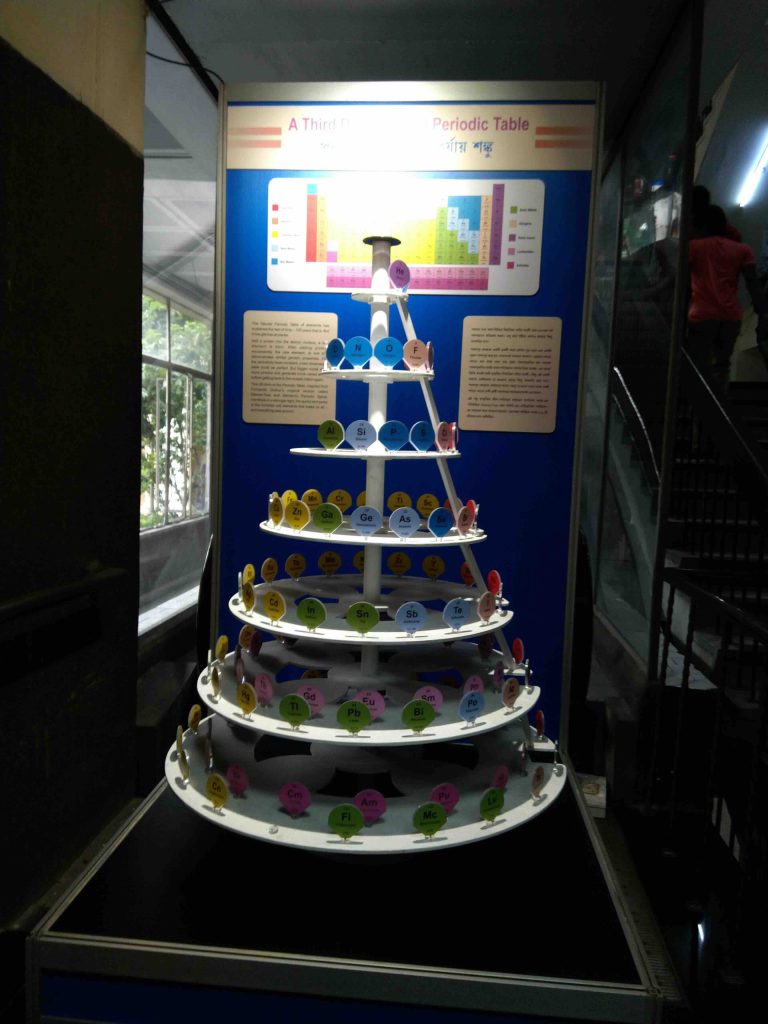

At 12:30, I made my way to the museum’s ground floor in search of the mock-up coal mine section – it was time for a guided tour. This is unique because I don’t know if there are any other museums with such an exhibit (and India is the second largest producer of coal in the world); we do hear a lot in the news about mining, the dangers of mining on the environment and all, but as the guide took us underground, you’d get a little feel of the dangers of working in a coal mine.
The first exhibit the guide talked about was the various gear and instruments used by workers in the mine. There were plenty of things the miners took underground – methanometer (detects methane), anemometer (airflow in the mine), explosimeter (detects combustible gas), carbon monoxide detecting tubes, bird reviving cage (long ago miners would carry a bird in the cage which would help them detect deadly gases since they get affected by the gas before humans do), reviving apparatus etc. All this is in addition to the suit, gloves and helmet with a light on top.
The museum had replicated the mining setup underground, and you get a feel of what the miners experience – the darkness, confined spaces to navigate wearing the heavy gear that they had to carry on themselves, the low roof, your increased sense of fear on what if the ground above collapsed trapping you in the rubble and the equipment the miners had to deal with. Our guide walked us through everything inside – the coal cutters, the transportation of the coal from the point of extraction to the containers, which were moved on conveyor belts and roof supports used to prevent caving in of the mine. Many of these were real-size replicas, including the miners at various places underground in this mock-up mine.
Our guide had to frequently keep repeating, “Listen to the explanation now and I will give you time at the end to take photos.”
The mock-up mine consisted of a couple of tunnels; so it wasn’t like you just went down into a room with exhibits and came out – you truly feel you are walking through a mine itself.
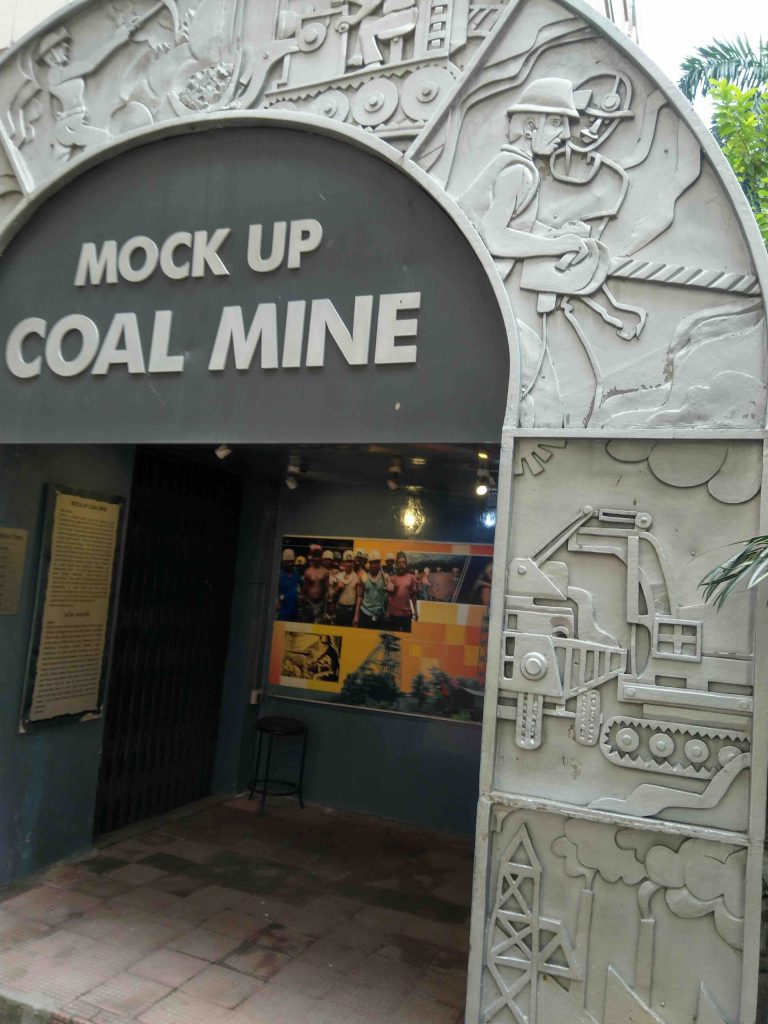
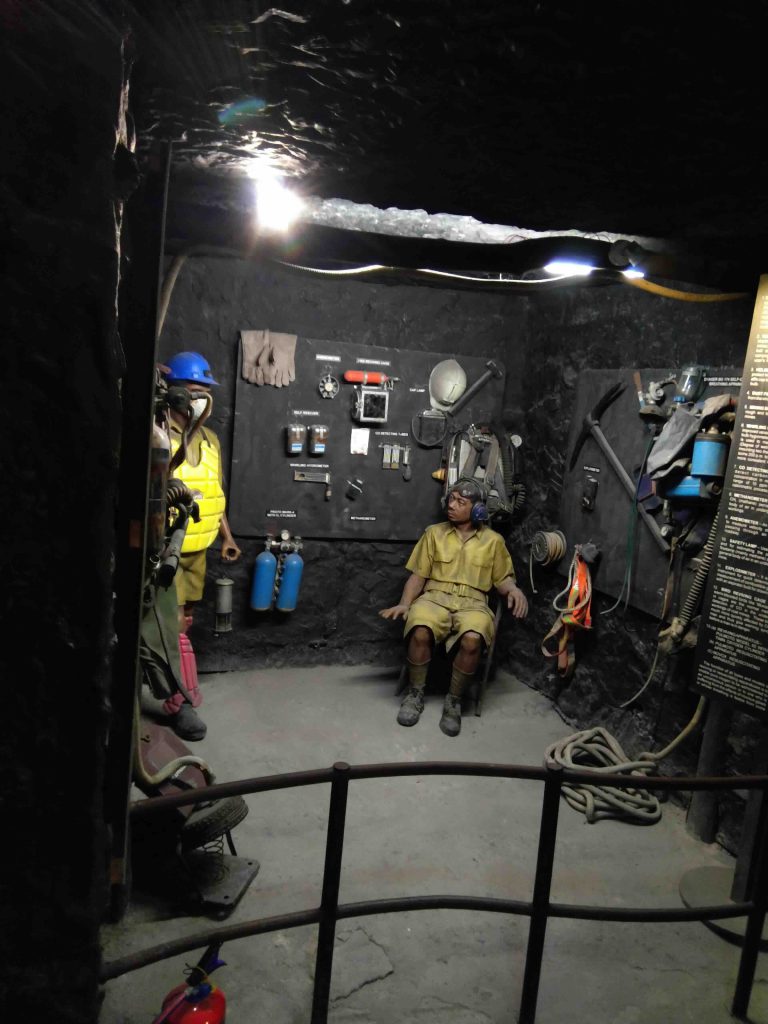
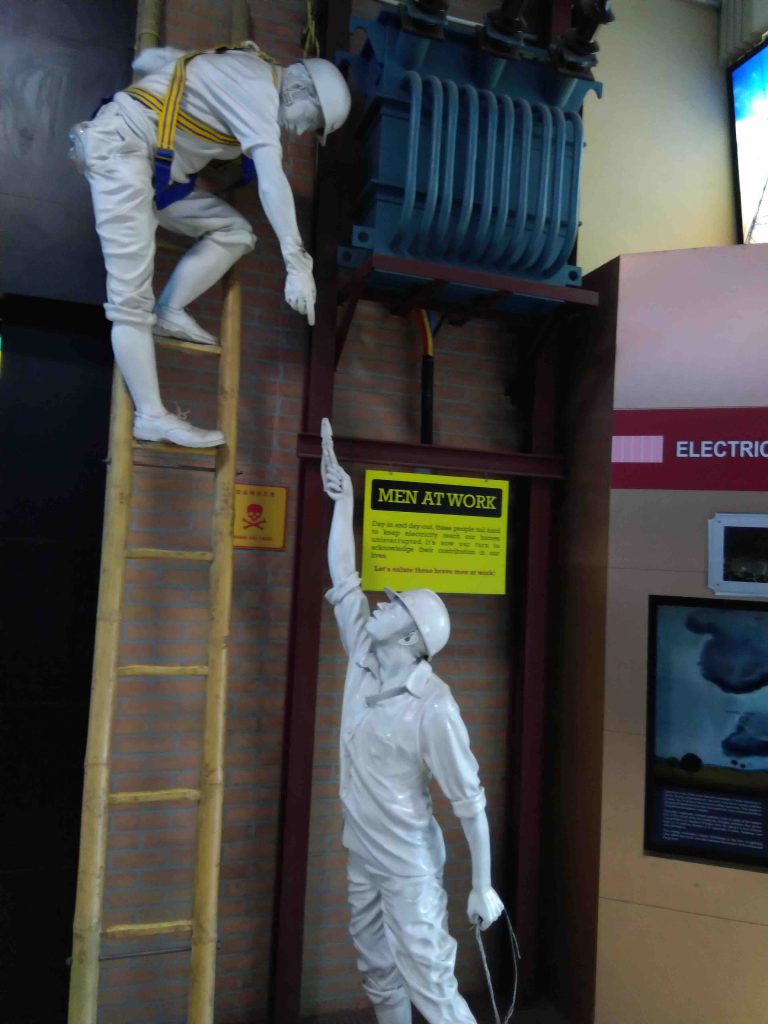
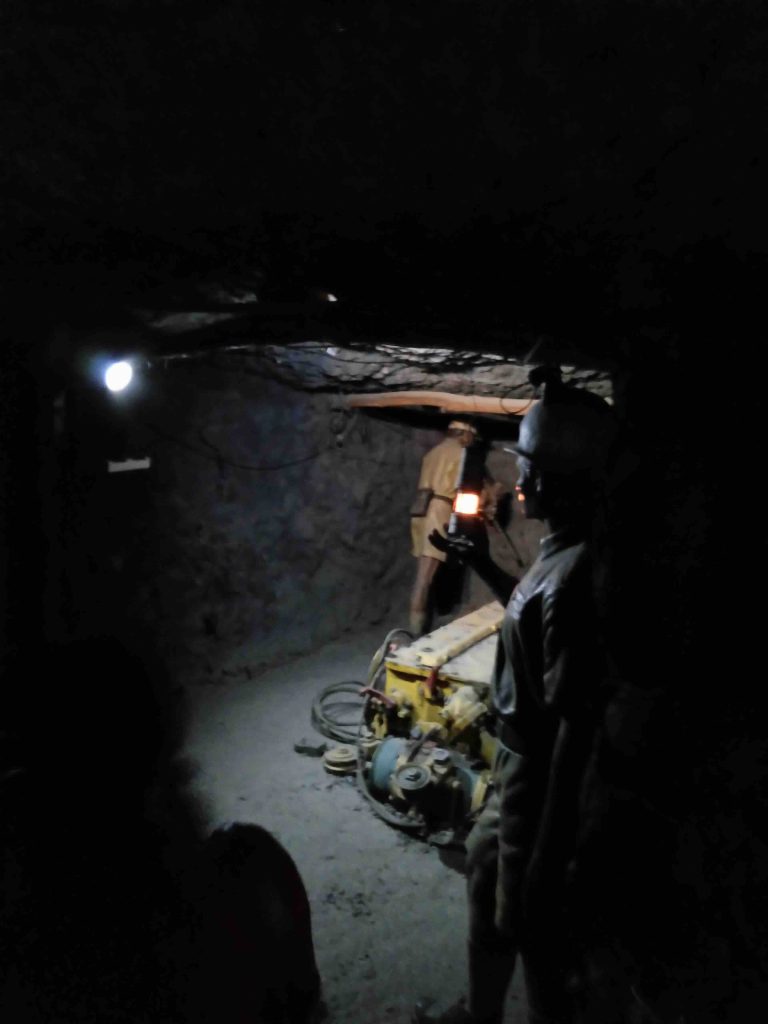
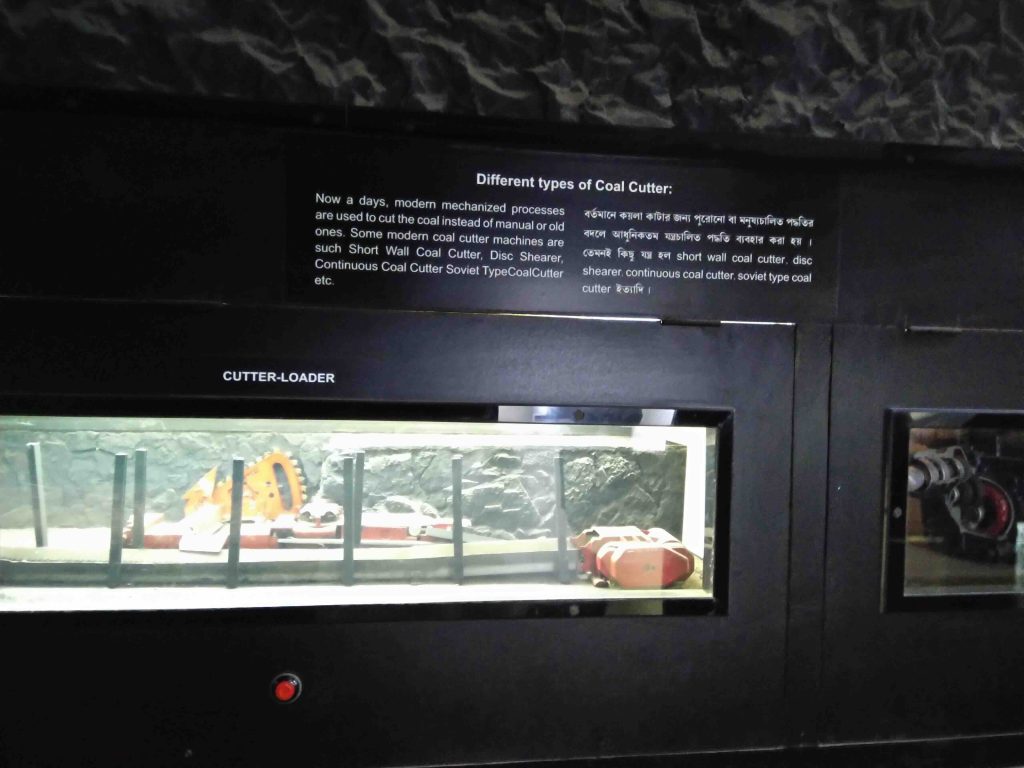
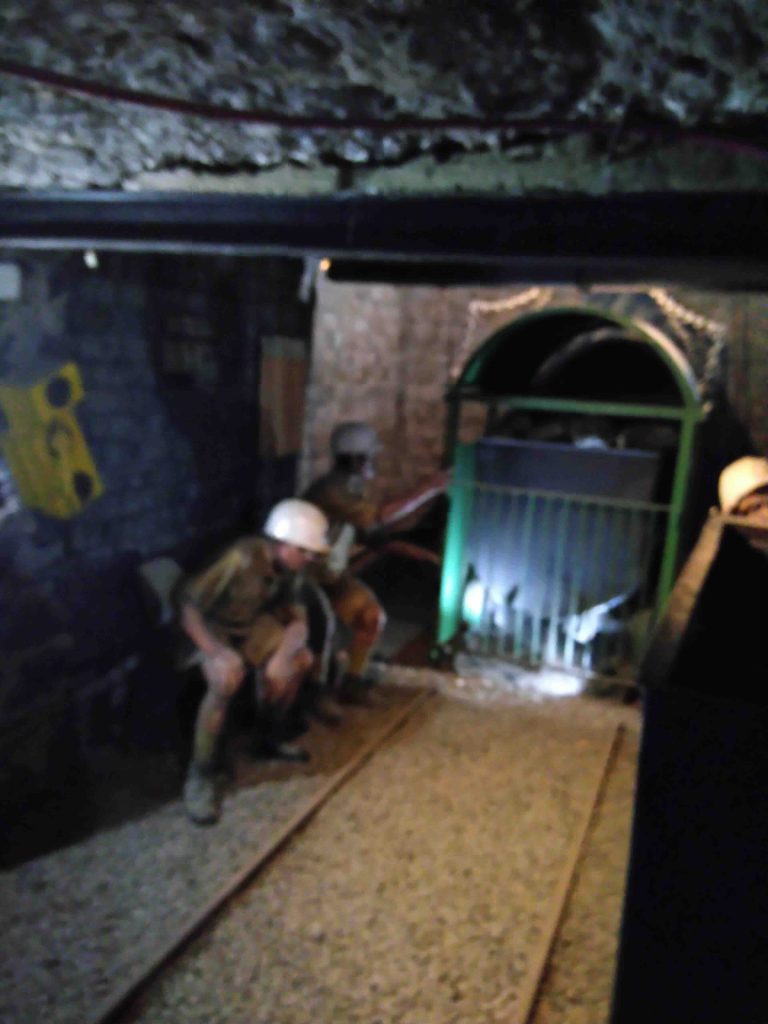
At the exit, they had a few miniature replicas of various coal mining instruments and explanations of what each one was used for.
The coal mine made my day — I had never seen anything like this before, and the guided tour made us appreciate the setup even better. Guided tours make museum visits memorable, which was another thing missing in the Indian museum – even self-guided audio tours, I think, enhance the experience.